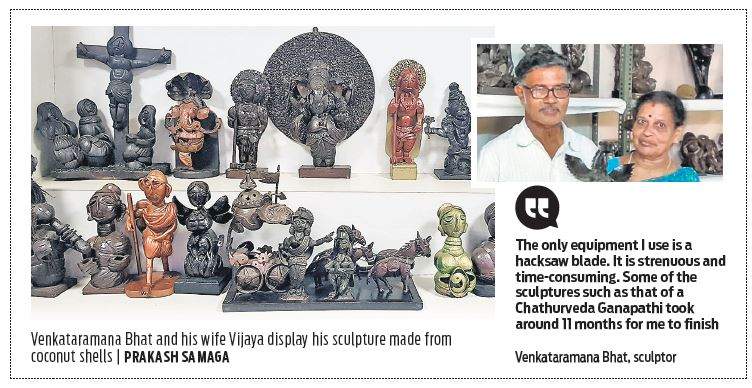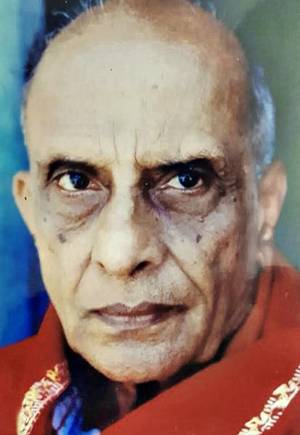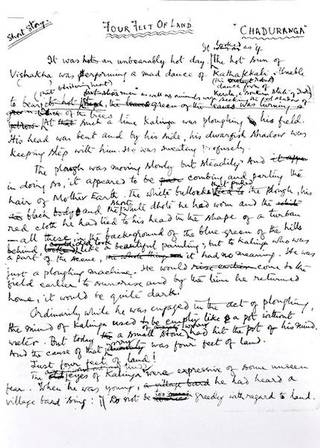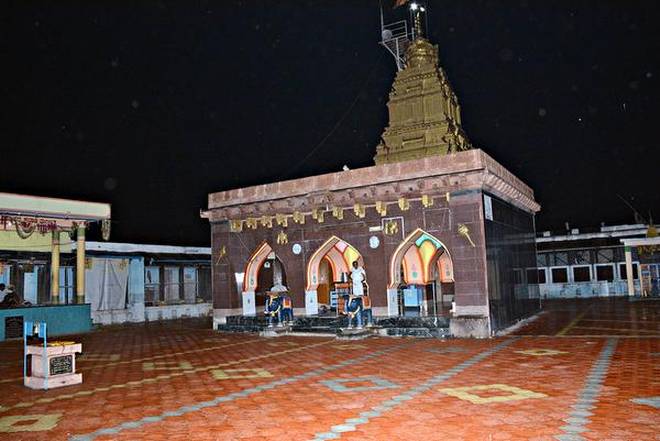Udupi :
His story in a nutshell: He creates art pieces from coconuts. The ones carved by Venkataramana Bhat are beautiful enough to make a collector’s item. The discovery of art in coconut shells has helped Bhat, who stammered for the first two decades of his life, overcome his struggle with speech.
Bhat has been creating intricate works of art such as Ganesha, Krishna, Jesus Christ, Shakuntala, and Geethopadesha using coconut shells for 45 years now. Today, the house of the 72-year-old artist at Padu Alevoor in Udupi showcases over 140 items made from a material that most people discard as waste. Many of the exhibits are a result of backbreaking work.
‘The only equipment I use is a hacksaw blade. It is strenuous and time-consuming. Some of the sculptures such as that of a Chathurveda Ganapathi took around 11 months for me to finish,” he says. “I would have tried my skills in other materials, but coconut shells made me think about why this material could not be put to good use instead of ending up as waste. I then started experimenting with various methods to make art pieces from coconut shells.”
Bhat found his calling when he wanted to explore some media to express his ideas. In a bid to overcome stammering, he thought of bringing his ideas to people through the sculptures. His complete devotion to the craft paid off. He does not stammer now.
Bhat learnt the art himself. Initially, he didn’t know how to tame the hard shells, and used to soak them in water for some days. “But soon I realized that they do not soften that way. I then started using a hacksaw blade to cut the shells in the precise shape,” says Bhat, a BSc graduate who used to run a small shop in Davangere.
The detailed work in the artefacts does not make it easy for most people to guess the material that has been used to create them. Some even touch the sculptures and ask him if he is indeed telling the truth. Bhat uses good quality adhesive to glue the pieces together, and spends hours on each piece to get the desired finish. He has even taken as much as eight months to create one sculpture. One of the creations that he is especially proud of is a ‘Vyasa Ganapathi’ that he created 40 years back.
Among the several fans of Bhat’s work is Dr B G Acharya, a general practitioner at Mitra Hospital in Udupi who purchased a sculpture from him three years back. ‘‘I got a chance to visit his house and was fascinated by the creations,” he says. “Then I chose ‘Kadegolu Krishna,’ which is one-and-a-half-foot high. We have decorated our house with many other decorative items, but our guests particularly enquire about the coconut shell sculpture.”
Acharya, who bought the statuette for `4,000, purchased another ‘Kadegolu Krishna’ that shows him emerging from a lotus, some months back. “I gave the two-foot-high idol to my son-in-law. He placed it in the pooja room,” he says. “Bhat does not have any motive to make profit, and feels happy if his work is recognised,” Acharya adds.
Bhat procures the coconut shells from people nearby who store them and sell it to him at a reasonable price. He first conceives the sculptures in his mind and then devotes his complete attention to give it the desired contours. Various themes such as animals, scenes from Indian mythology, and the famous Gandhi’s monkeys come alive in the sculptures. Some of them also portray the emotions that he deciphers from works of popular poets of Karnataka, such as Kuvempu.
Bhat’s wife and their four daughters have always supported his skill even though it does not contribute much to the family income. In fact, when Bhat’s ideas do not seem to take off sometimes, and all the pieces fall apart, his wife Vijaya steps in to motivate him.
Giving shape to a sculpture takes a lot of patience. The process starts with selecting the right-sized coconut shell. For instance, large shells are required for making a belly. Bhat matches two big shells and glues them together to get a belly-like form. He carves out the two eyes by using his instruments, and sticks small pieces of shells in the background to make it look as if the eyeballs are real. He then moves on to creating more intricate designs.
Bhat’s creations have been displayed at various art events. Koti Prasad Alva, proprietor of Prasad Art Gallery in Mangaluru, has invited him several times to the art gallery and organised training sessions for children under his mentorship. Alva said that Bhat does not do it for earning money alone. He loves the art and is passionate about his creative talent.
SHOWCASING HIS SKILLS
Bhat has been invited by the department of architecture at Manipal Institute of Technology where he demonstrates his art. He has also showcased his skills at a national sculpture’s camp in Alva’s College, Moodbidri; at Rajangana in Sri Krishna Mutt premises, and at Coconut Development Board in Kochi.
source: http://www.newindianexpress.com / The New Indian Express / Home> States> Karnataka / by Prakash Samaga / Express News Service / November 04th, 2018








